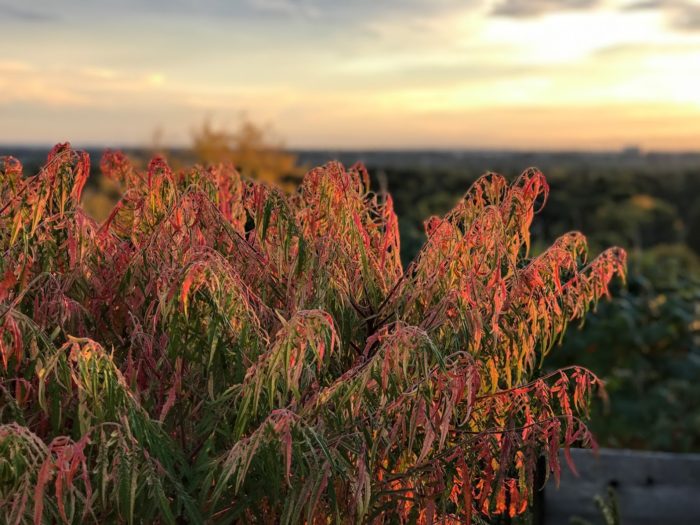
Based on averages, most of us in the Northeast will be braced for our first killing frost in October. Even if we’re left waiting, the sun’s track south will cause our gardens to wind down and cue plants’ hibernation preparation. Because of lingering warmth in the soil, October is a great time to think spring and get a head start on next year’s garden.

Plant spring-flowering bulbs. Planting spring-flowering bulbs is at the top of everyone’s fall to-do list. But it’s still early days and okay to procrastinate. Bulbs can be planted any time from now until the ground freezes solid. That said, daffodils especially appreciate plenty of time to develop roots before winter. Dig down about two and a half times the bulb’s height and set them in their trenches pointy side up.
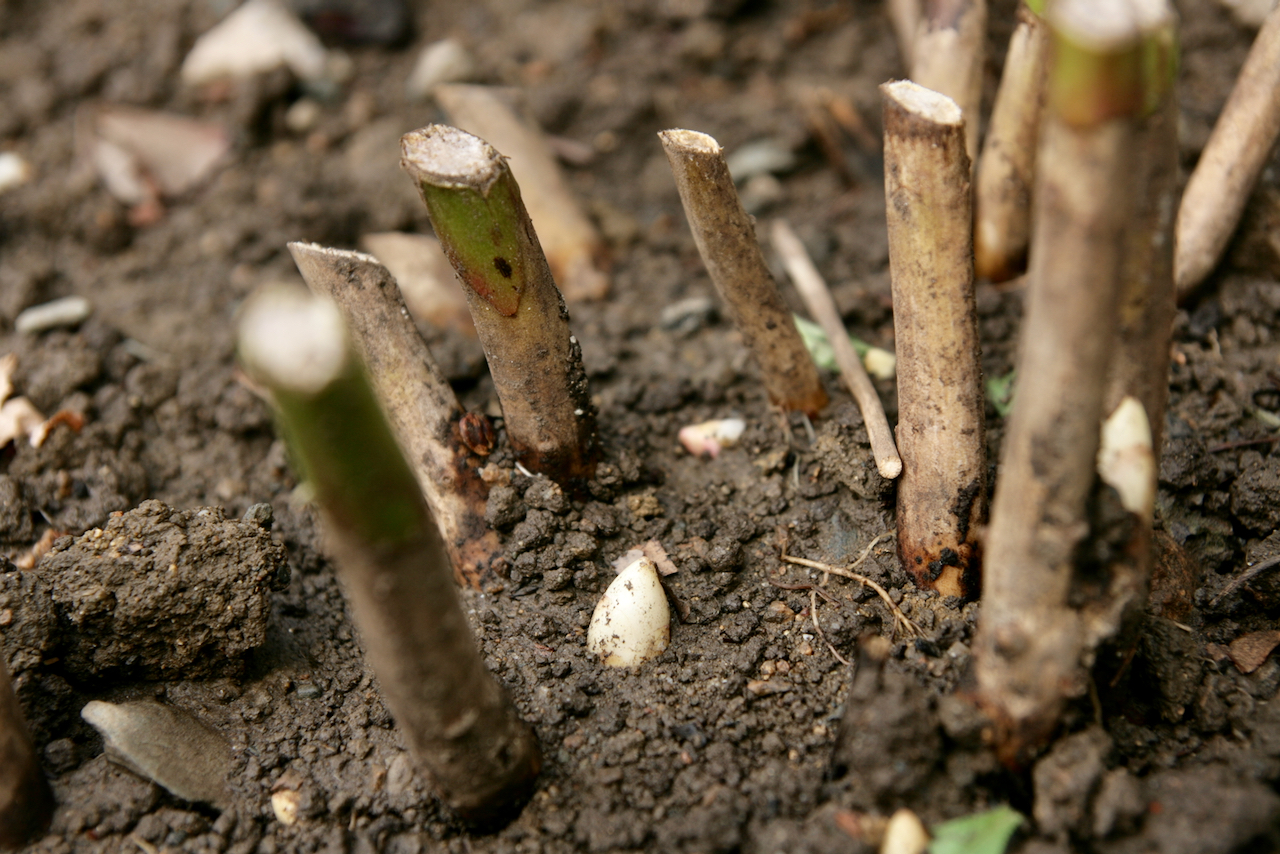
Finish dividing and transplanting spring-blooming perennials. This is the perfect time tackle overgrown or poorly sited herbaceous peonies (Paeonia spp. and cvs., Zones 3-8). Whether you’re moving them or not, cut their foliage to the ground now and do not compost (peonies often harbor Botrytis blight). To divide and transplant peonies, dig carefully around the outermost stems, and lever out the entire clump. Break the mass of tuberous roots into pieces that include pinkish white growing points protruding from the roots, or “eyes”. Peonies will be reluctant to bloom if they’re planted too deeply, so when replanting, make sure the eyes are no more than an inch or so below the soil’s surface. And always plant them in full sun. For tips on dividing other perennials, read on here.

Plant or transplant trees and shrubs. This is also an excellent time to plant or move trees, shrubs, and roses. As lower light levels and air temperatures trigger dormancy, plants will be able to expend remaining energy rebuilding root systems in fall’s warm soil. No matter what the weather, always water plants well after fall planting or transplanting but do not encourage top growth by fertilizing.
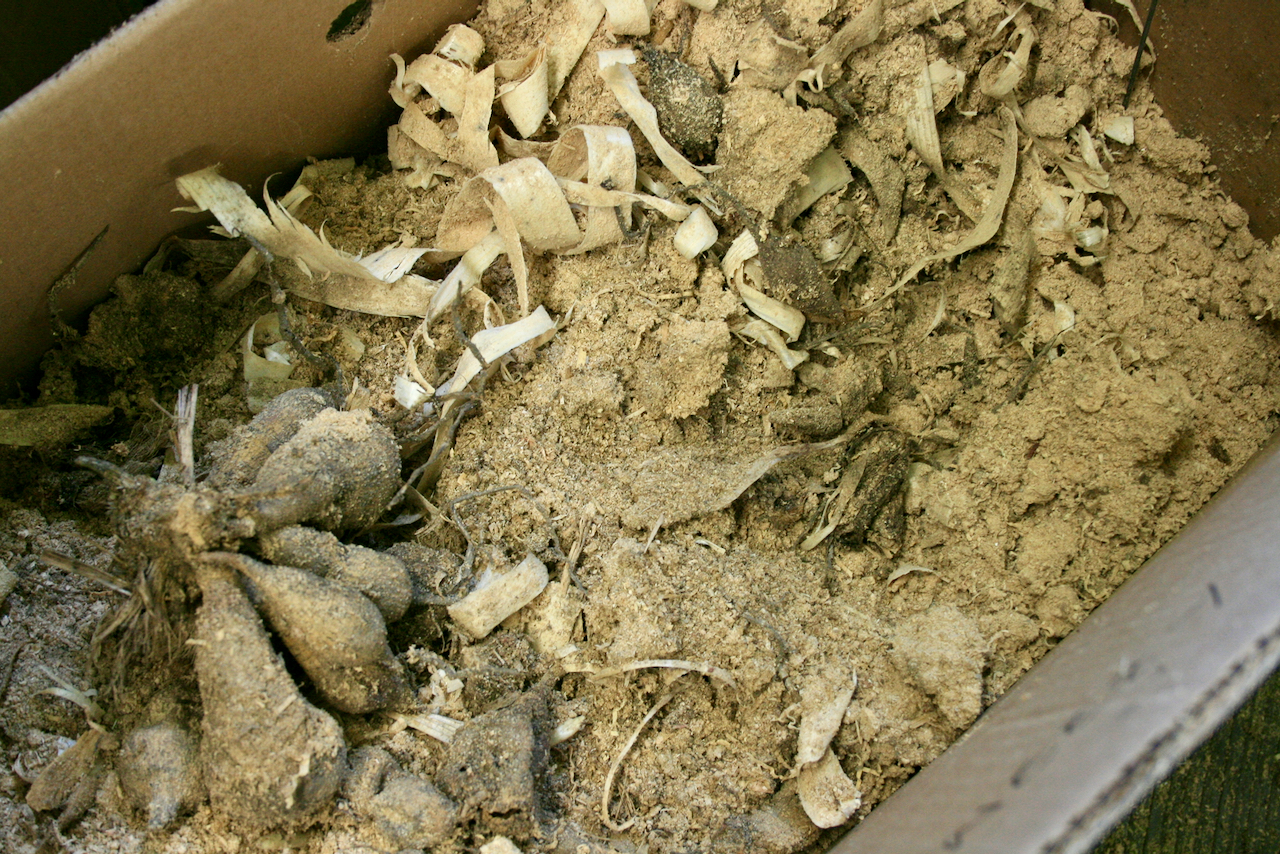
Dig up tender bulbs and prepare them for winter storage. After your garden is hit by a killing frost, cut annuals off at the ground, leaving their roots to break down and add organic matter to the soil. Dig dahlias (Dahlia spp. and cvs., Zones 7-11), cannas (Canna spp. and cvs., Zones 8-11), and gladiolus (Gladiolus spp. and cvs., Zones 7-10) up a week or two after frost. Cut their stems off, remove clumps of soil, label them, and let the tubers and corms dry off in the sun before putting them into cool (above freezing) and dark winter storage. Gladiolus and cannas may be stored loose in paper bags. Dahlia tubers are more sensitive to humidity and temperature fluctuations. Too moist and they’re prone to rot or mold; too dry and they shrivel. Some gardeners store dahlias in boxes or coolers filled with dampened vermiculite or sawdust. You can also try wrapping them in newspaper or plastic bags. Experiment and plan to check them periodically over winter.
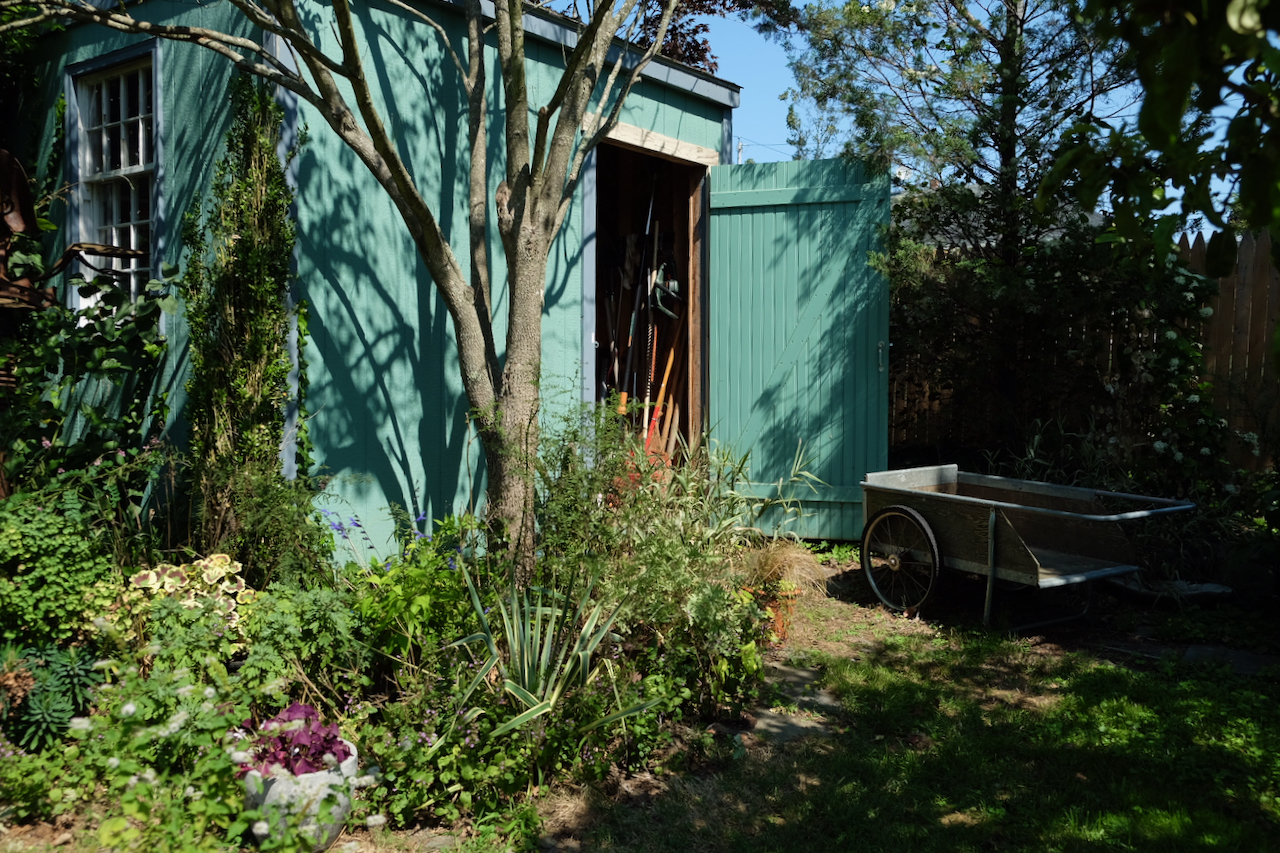
Clean out your garden shed. Speaking of storage, if you’re like me and don’t tidy the shed now, there might not be room to move containers, hoses, and patio furniture in next month. Sort through the stuff you tossed in over the season and either find a place for everything on the pegboard (install a pegboard!) or kick things to the curb for your neighbors to take. Give in to the fantasy, even briefly, of turning the shed into a reading nook. By the end of October, frost or not, the approach of winter will be undeniable. Take advantage of the best days to set the stage for the seasons ahead.
Kristin Green is author of Plantiful: Start Small, Grow Big With 150 Plants That Spread, Self-Sow, and Overwinter. She gardens in Bristol, Rhode Island.
Fine Gardening Recommended Products

Pruning Simplified: A Step-by-Step Guide to 50 Popular Trees and Shrubs
Fine Gardening receives a commission for items purchased through links on this site, including Amazon Associates and other affiliate advertising programs.

ARS Telescoping Long Reach Pruner
Fine Gardening receives a commission for items purchased through links on this site, including Amazon Associates and other affiliate advertising programs.

The Nature of Oaks: The Rich Ecology of Our Most Essential Native Trees
Fine Gardening receives a commission for items purchased through links on this site, including Amazon Associates and other affiliate advertising programs.



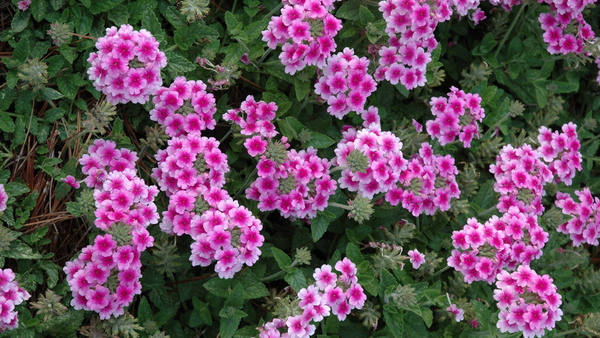















Comments
Doing amazing work!
Log in or create an account to post a comment.
Sign up Log in